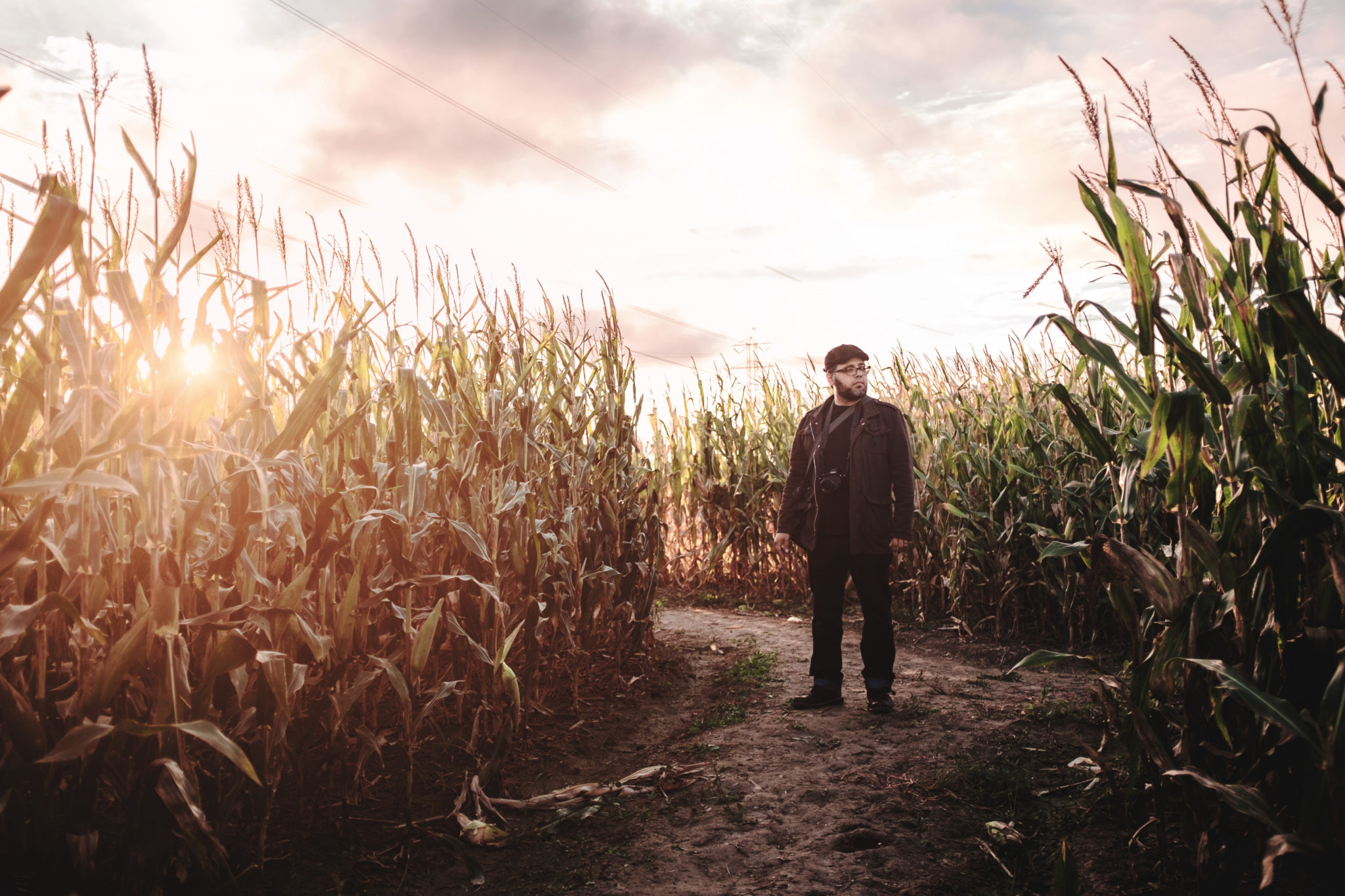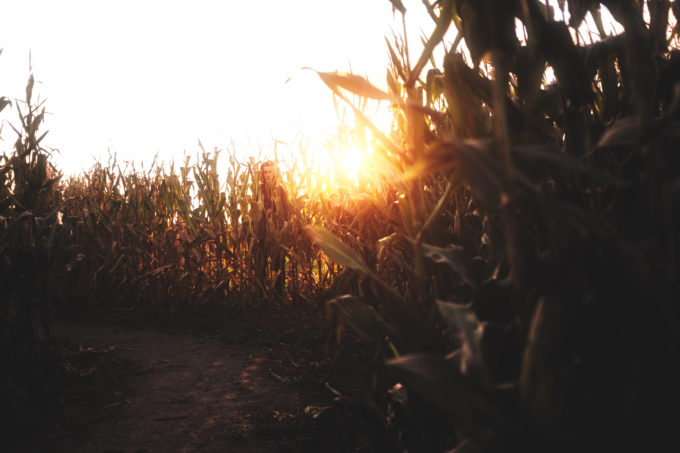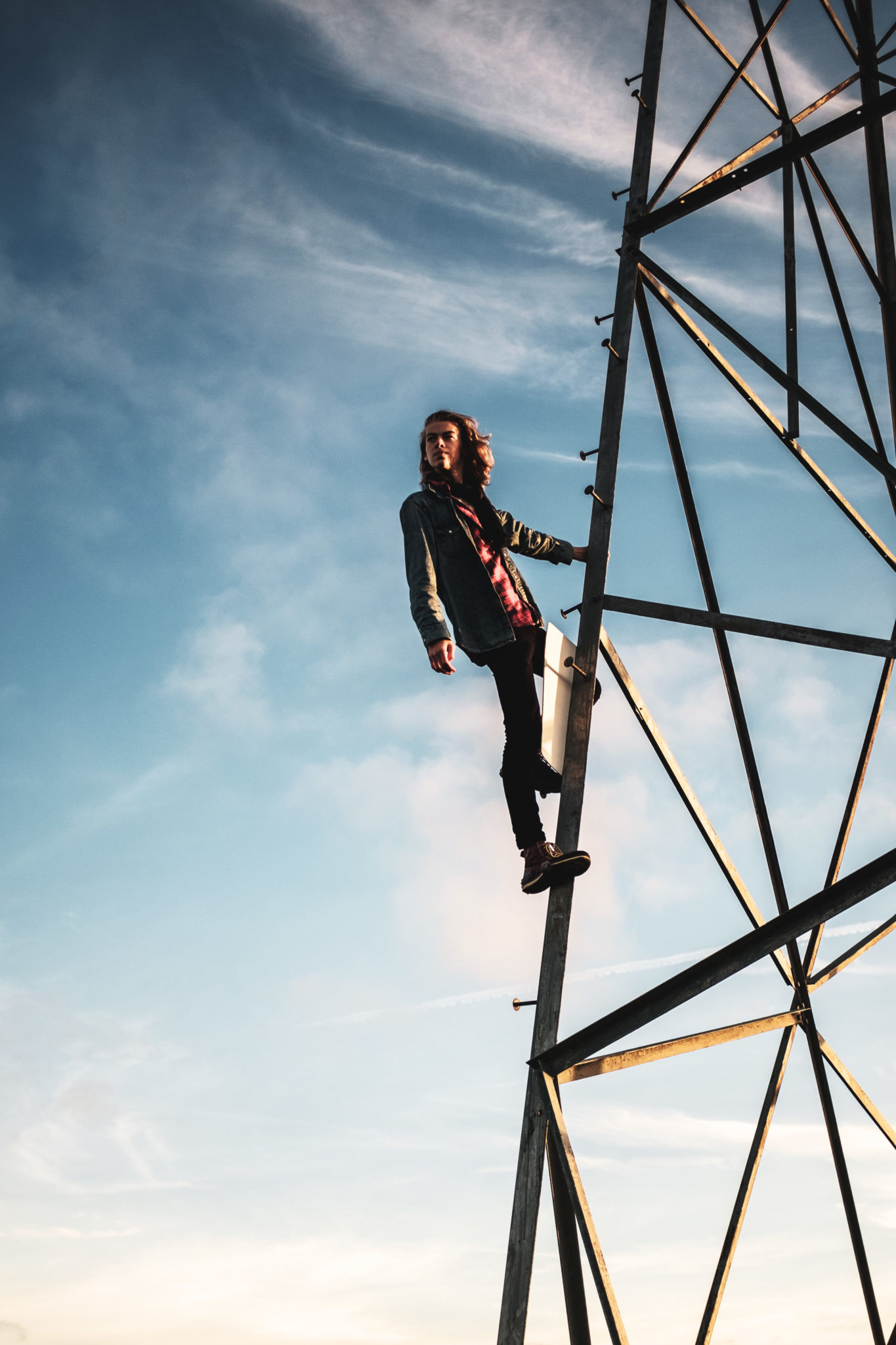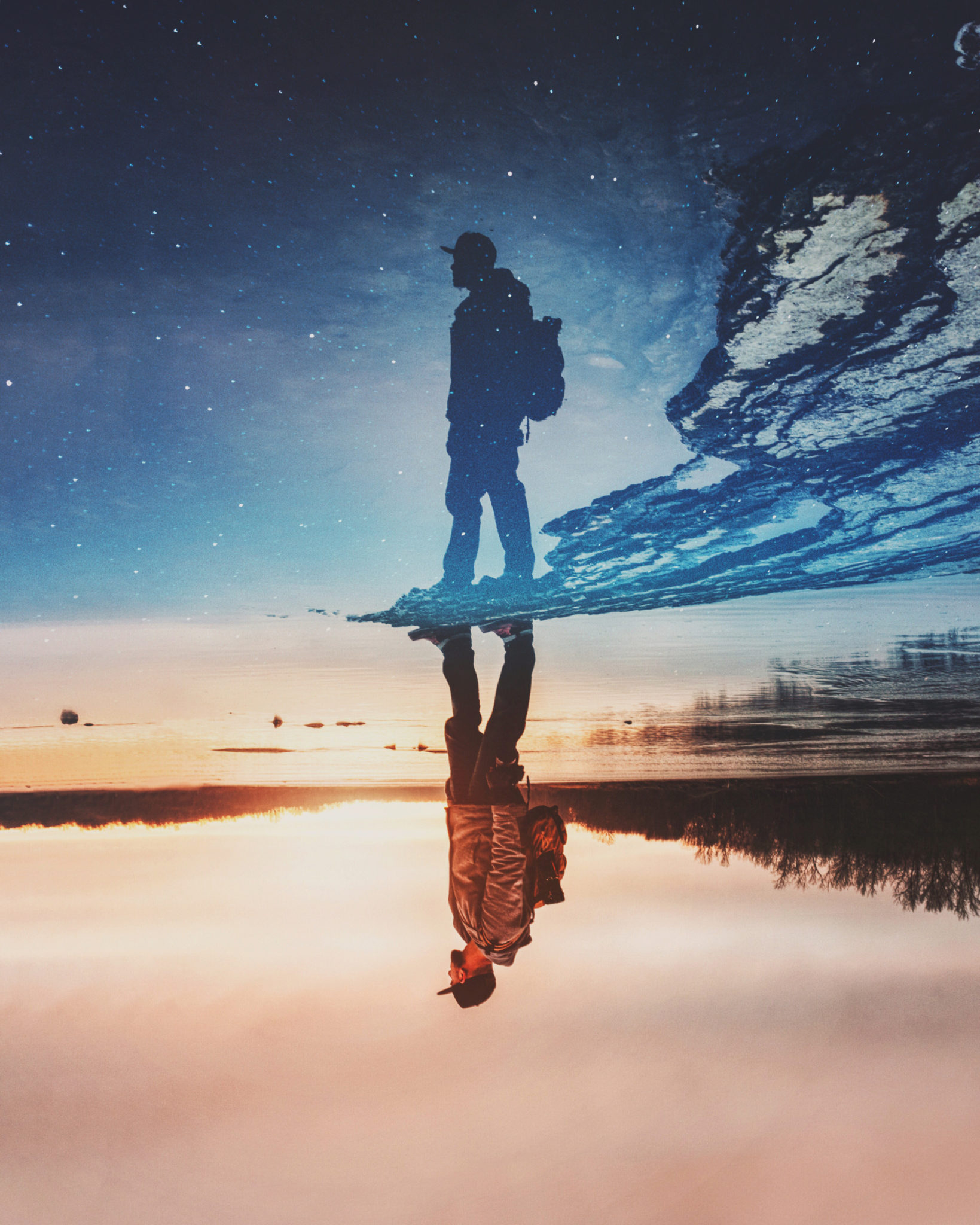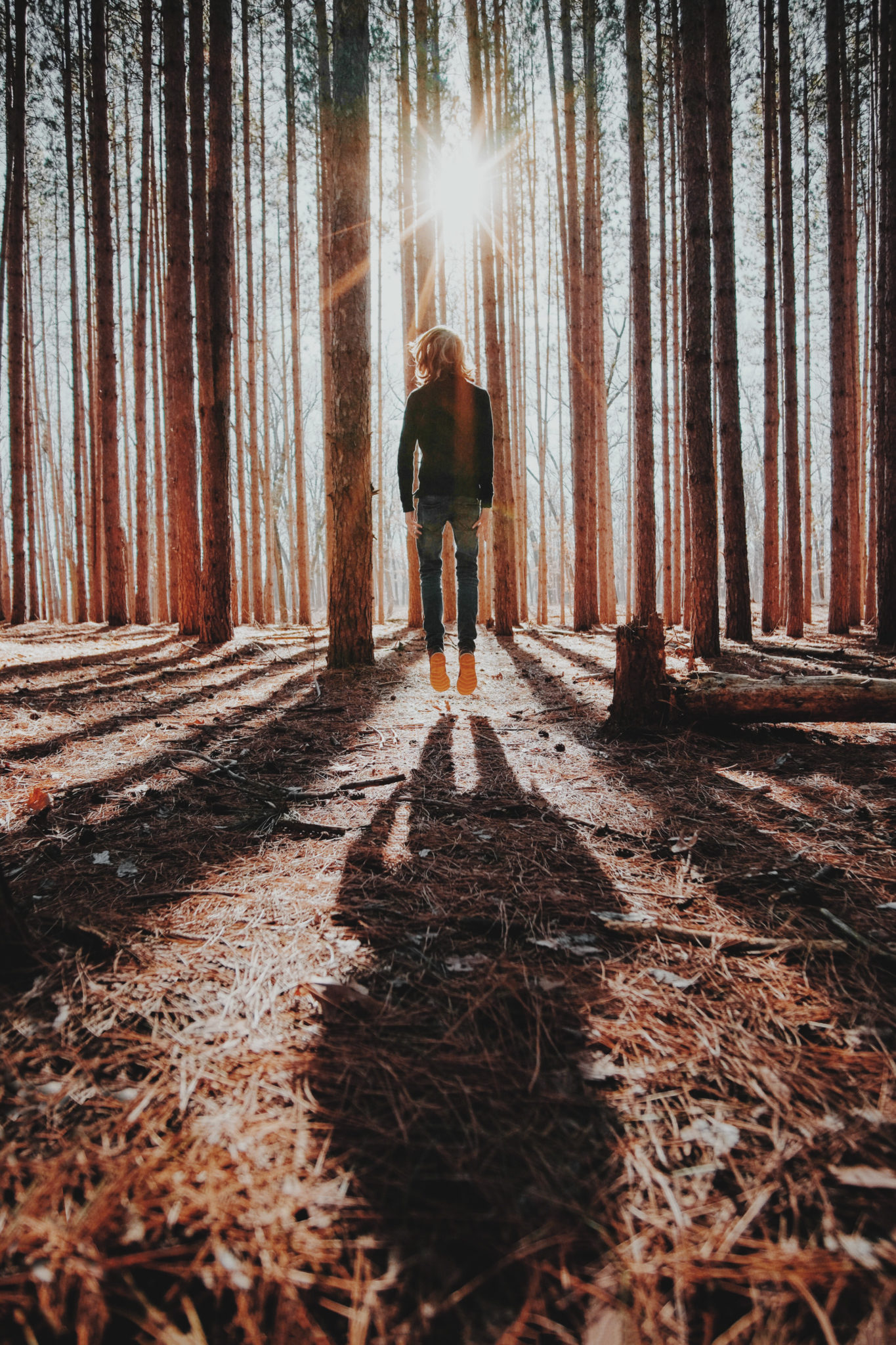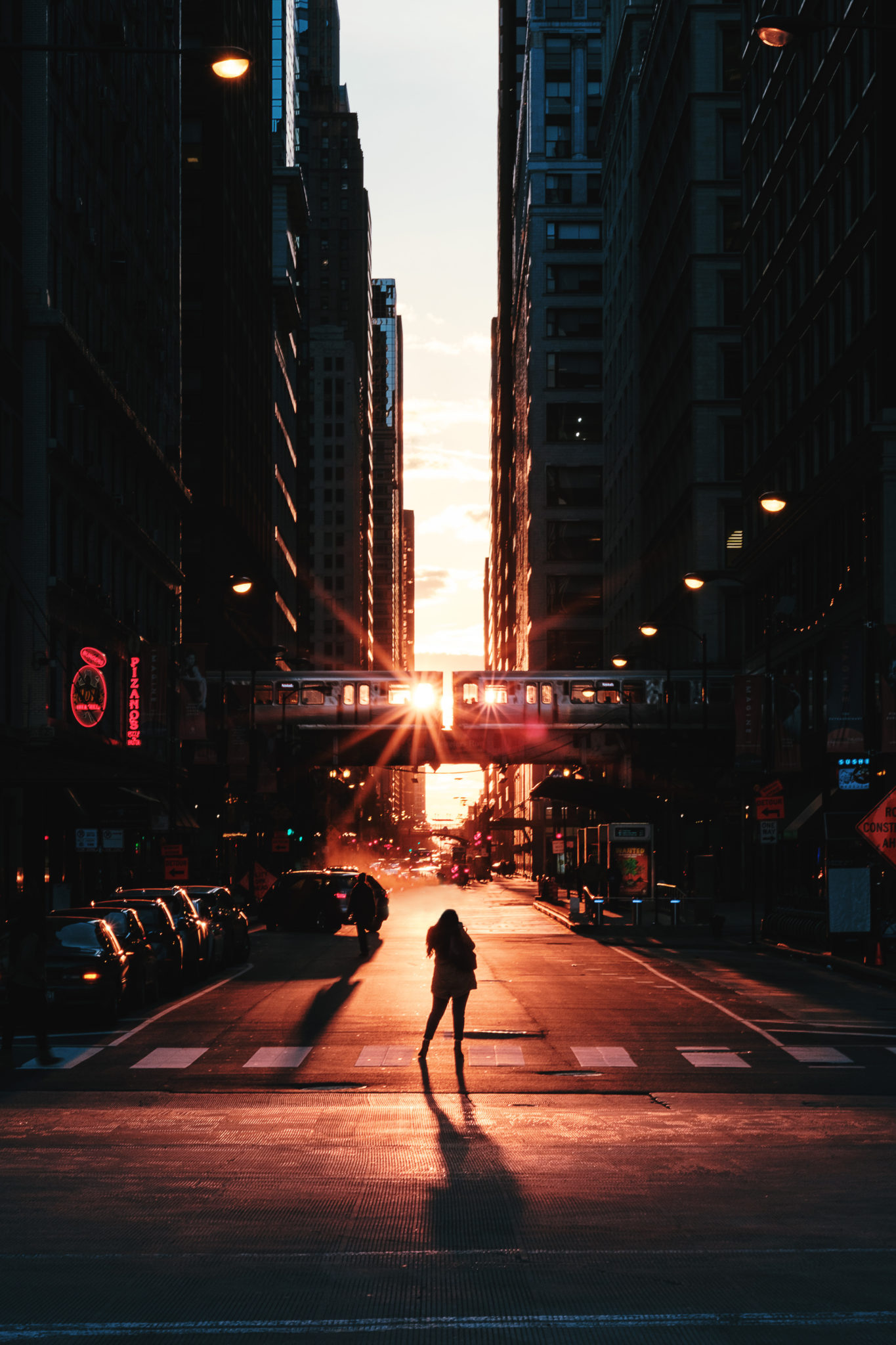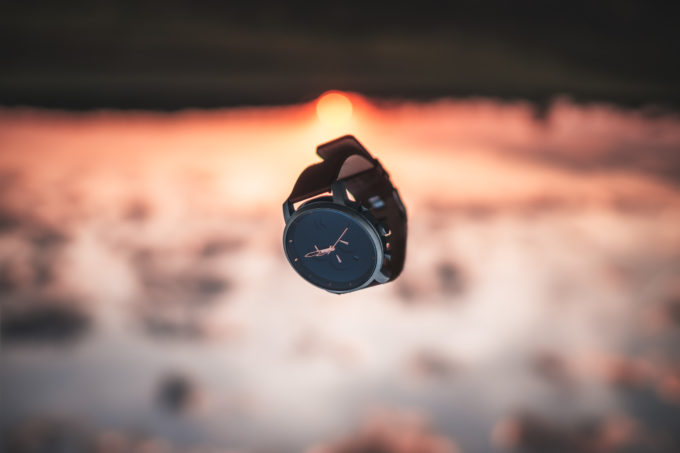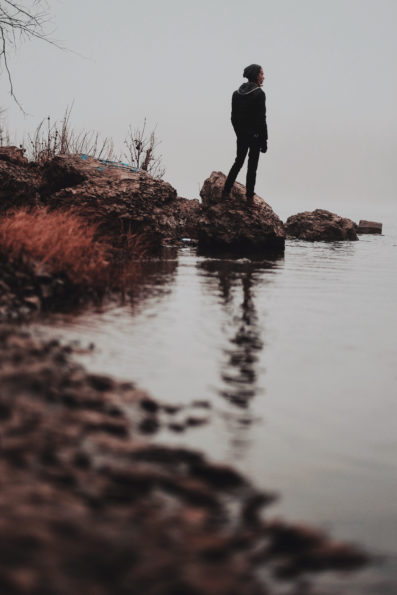Photo Essays is a series on the Phoblographer where photographers get to candidly speak their mind about a specific subject or project of theirs. Want to submit? Send them to editors@thephoblographer.com.
All images by Bryan Minear. Used with permission. Be sure to also follow him on Instagram.
In today’s world where we are constantly bombarded with photos of spectacular locations, it takes nothing to pull up a location search for an area you are visiting, find the shots that you want to take, and go shoot the same thing that a hundred people before you have taken. But that doesn’t mesh with me. As an artist, I hold my personal creative vision above all other things. It far surpasses the gear that I use as well as the locations that I visit.
The majority of the personal work that I shoot, I do so within 15 miles of my house. And I don’t live in a particularly “epic” location that is known for its scenery (i.e. the PNW or Cali). But even though I only live in the midwest, I still get to be an artist. I just have to try harder and put a ton of work in to my craft. A lot of that comes down to scouting my locations in advance, and waiting to shoot at the perfect time, with just the right combination of weather and light to add that dynamic mood and interest. I’m not saying that taking the iconic photos is bad, but it can put you in a rut where you are only going through the motions.
Sure maybe you can post-process a different way, but to me, true photography is a combination of all aspects. From exploring/scouting, to finding your own compositions, to camera settings, and post-processing style. Automating any one of those processes means the difference between capturing a scene and creating one.
That being said I don’t, and I’m not telling you to “rely” on post-processing techniques to create a scene. But I do utilize those skills in order to share my unique vision of the world around me. I have spent years studying RAW processing, Photoshop, and cameras, I understand the limits to which I can push a JPEG or RAW file.
That process begins before I even click the shutter. I prefer my shots to have lots of contrast and punchy colors, so I am shooting with that final end result in mind. Whether that means bracketing extra exposures so that I can emphasize and bring through certain elements within my scene, adding ND filters to produce a sense of motion, or placing a person in to add an element of scale, I am in tune with my process and what I need to create images that can’t be easily reproduced by just going back to that exact location.
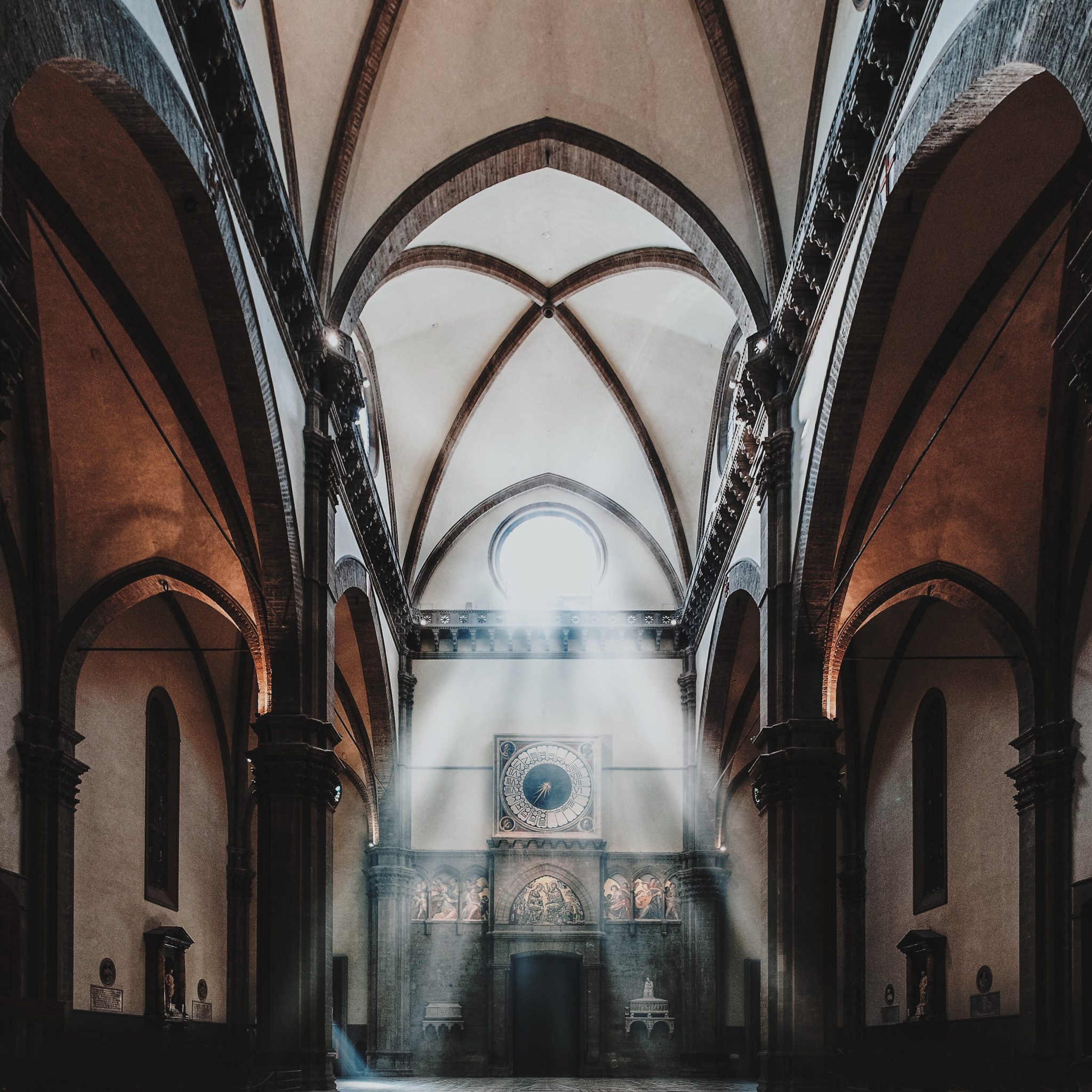
I am a firm believer in leaving my creative footprint on all of my work, and I am not ashamed to admit that I utilize creative tools like Photoshop to polish my images and allow me to create something truly one-of-a-kind, and regardless of what purists say, you shouldn’t be either.
“Automating any one of those processes means the difference between capturing a scene and creating one.”
I have been a full-time graphic designer for the past 7 years, and that has heavily influenced all aspects of my photography, and furthermore, my creativity. From my love of composition, to color theory and workflow, my design work and my photography are closely related on a deep level. The beauty of simplicity in design is something that really helped me to fine tune my photography over the past few years. They say that simplicity is genius, and yet, in the current digital age of photography, we tend to over-complicate many aspects of the medium.
We are constantly after more megapixels, more dynamic range, and cameras that can see in the dark. But those things aren’t what photography is about. Photography is about vision, story, and emotion. When I started embracing the limitations of the camera sensor and abandoned my quest for more gear, I was truly able to focus on teaching myself to see the things that I was missing all along. Now don’t get me wrong, I wouldn’t trade my “pixel-peeping, gearhead” years for anything, because they have gifted me an understanding of camera systems, lighting, and lenses that I doubt I would have if not for being obsessed with those things for a short while.
So allow yourself some wiggle room, but over time, strive to evolve past those things and into the realm of conceptualization.
When it comes to conceptualizing a shot, I use a different process based on whether I am just shooting for myself, or I am shooting for a brand. When on an assignment for a brand, the most important part is the research and planning. I will always go over a “creative brief” to make sure that I am going to adhere to their guidelines as a brand before I even start the thought process. You don’t want to come up with an idea, spent time planning it, only to find out that the client isn’t into it at all. Don’t ever discard those ideas completely, use them in your personal work the next chance you get.
The process for personal work can be the same as above, but more often than not for me, I prefer to form a rough idea, and improvise. I don’t like to let things get too planned, because I’m the kind of person that has a hard time climbing out of the box once the walls are in place. In my experience, it’s a great exercise in creativity to go out and make things up as you go. It molds you into a more versatile creative and helps in all aspects of what you do.
Waking that fine line between creative “free-spirited” thinking and thinking in terms of technique can be tough. And the only way to equip yourself with the tools, you need to be able to think this way is to practice. When I first started lighting and shooting people and products I was researching modifiers, lights, and posing. I was building my own modifiers on the cheap to figure out the ones that worked best for me before I spent money on gear that would last. I put so much work into the technical side of things, whether I was practicing different lighting setups on friends, or setting up still life’s to see how the light would fall in a giving situation, that I built up a technical knowledge that I am able to access on the fly.
There is absolutely no substitute for having that knowledge and experience.
Being able to flip through an imaginary Rolodex in the moment to pull something off is what you want to shoot for. I specifically remember several times where I would completely wing a lighting setup, get back to the editing room and be blown away with the results. Then I would attempt to recreate the same setup with a more detailed and technical approach only to feel like it lacked the “magic” that I found the first time. It can be daunting to be the director/scriptwriter/shooter/editor all in one. But when you put in the time to develop your skill set, and your creative mind starts firing on all cylinders, there is nothing more satisfying.
To pull from a more recent example in my own life, I have always loved shooting landscape photography. But when I was freelancing full-time, I shot less of what i was passionate about to make room for more people and commercial work because it is what paid my bills. I left no room for personal work, and at the time, I didn’t really see the need for it.
Fast-forward to now, for the past 2 years I have dedicated myself to shooting and sharing something on instagram nearly every day (yes I know, “Ugh, Instagram”, right?. Well the difference that shooting and editing everyday has made in my work is exponential. It has even seeped over into my wedding business. Exercising those skills daily means that I have much more of a comfort level in a particularly high-stress situation. Accessing my “database” of creative ideas is not only easier than ever, but I am able to truly see in a different way, which means that I have been walking away with far more portfolio-worthy shots.
In the end, this process all boils down to a few simple ideas. Prepare yourself for any situation by learning your gear, so that when you are out on a shoot, you don’t flounder when something goes wrong, or a variable you weren’t anticipating shows up. Leave room to improvise within that technical bubble that you create for yourself, because those will be the images that you as an artist will revere the most. The images you create rather than capture are also the images that you will learn and grow the most from shooting. I’ll leave you with my favorite quote from Ansel Adams, who said that “art photographers created a statement that goes beyond the subject; and captured an inspired moment on film. By way of contrast, he felt ordinary photographs were mere visual diaries or reminders of experience.”
Don’t just photograph to remind you of an experience. Stay inspired and create.


